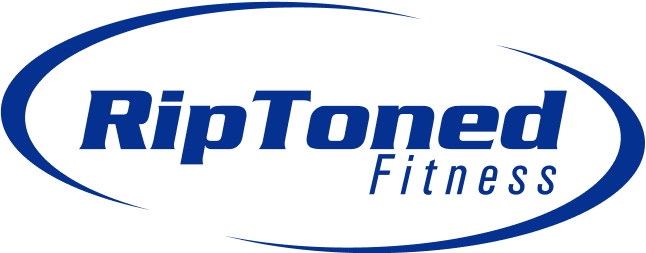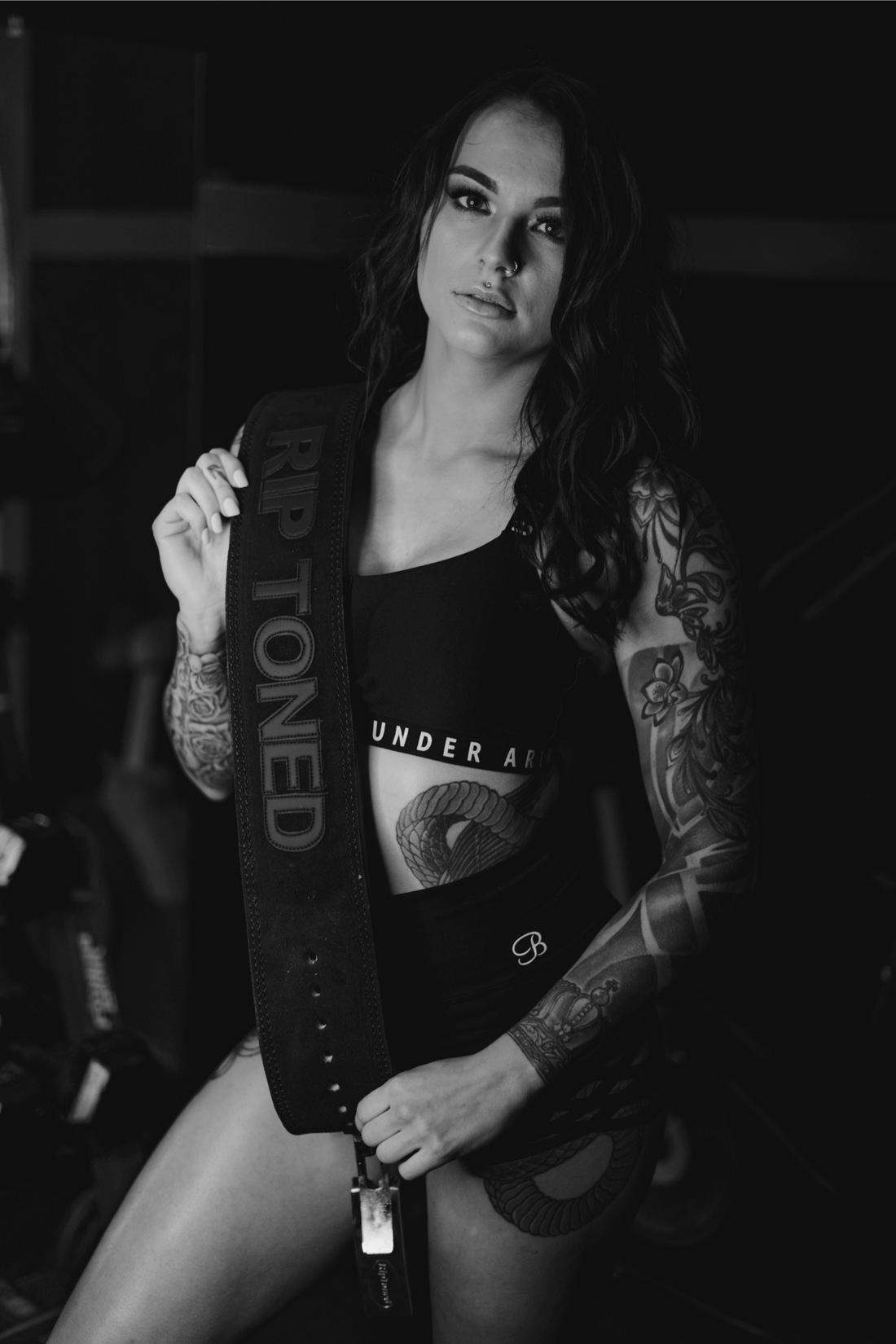Lever weightlifting belts are more than just a fashion statement – they’re an incredibly powerful tool to help you unleash your true strength.
Used by powerlifters, bodybuilders, and gym-goers alike, lever belts are designed with precision to give the highest level of support while you lift heavy weights.
Providing uncompromising security around your midsection during any exercise routine or workout plan, these specially crafted accessories make it easier for you to get the most out of each set.
Read on as we discuss how leverage weightlifting belts work and why this investment can be beneficial for all levels of lifters.
What are Lever Weightlifting Belts
Lever weightlifting belts are traditionally made from high-quality leather, with a heavy-duty buckle and lever mechanism.
The belt's stiffness and weight allow maximum support to areas needed most when heavy weight lifting is involved, such as the lower back and core muscles.
The lever mechanism allows for quick and easy adjustments, providing a snug fit without having to constantly re-tighten or readjust during your workout.
Plus, the solid buckle ensures that the durable belt stays in place and the lever buckle does not ride up or shift during lifts.
This combination of materials and design makes lever weightlifting belts a reliable and durable choice for any lifter.
How They Work
When worn correctly, lever weightlifting belts provide increased intra-abdominal pressure, which helps stabilize your spine and core muscles.
This extra pressure helps to create a more solid base for lifting, allowing you to lift heavier weights with better form and less risk of injury.
Additionally, the belt's stiffness also acts as a reminder to engage your core muscles and maintain proper posture during lifts.
Weightlifting lever belts are commonly used for exercises such as squats, deadlifts, and overhead presses, where strong core stability is essential for proper form and maximum strength.
However, they can also be used for other exercises requiring additional support and a stable midsection, such as bench presses and Olympic lifting.
How to Wear a Lever Weightlifting Belt
Here are the steps to correctly wear a lever weightlifting belt:
-
Position the belt around your waist, with the buckle on your right side (for most belts).
-
Tighten the belt comfortably and securely, leaving some room for air to expand during lifts.
-
Close the lever by pushing it through the holes on the other end of the belt until it clicks into place.
-
To remove the belt, simply press the quick-release lever and slide it out of the holes.
Remember to adjust your belt before each lift, as your waist size may change throughout your workout or training session.
Benefits for All Levels
Lever weightlifting weight belts are not just for advanced lifters – they can benefit all levels of strength-training athletes.
For beginners, the added support and stability can help with learning proper form and technique while preventing injury.
Intermediate lifters can use lever belts to break through plateaus and advance to heavier weights with better control and safety.
And for advanced lifters, lever belts are a staple accessory for pushing their strength limits and achieving personal records.
Exploring Different Styles of Belts
While traditional leather lever belts are the most common, a growing variety of materials and designs are available to cater to different preferences.
Some popular alternatives include lightweight nylon or synthetic materials, which offer more flexibility and breathability during workouts.
There are also tapered belts, which provide more support in the back while allowing for a better range of motion in the front.
Ultimately, it's important to choose a belt that feels comfortable and supportive for your individual needs.
Tips for Enhancing Your Form and Technique with a Weightlifting Belt
Here are the top tips for getting the most out of your lever weightlifting belt:
-
Make sure to wear the belt at the correct tightness – you want it snug but not too tight.
-
Practice engaging and bracing your core muscles while wearing the belt, as this will help maximize its effectiveness.
-
Do not rely solely on the belt – it should be used in conjunction with proper form and technique.
-
Experiment with different belt styles and materials to find the best fit for your body and lifting goals.
Finding the Best Fitting Belt for You
Different brands and models of lever weightlifting belts may fit differently, so it's important to try multiple options before purchasing.
The key is finding one that feels comfortable and secure without being too tight or restrictive.
Consider your body type and training goals when choosing the width of the belt and any additional features or materials you prefer.
In the end, investing in a high-quality lifetime warranty lever weightlifting belt can make all the difference in your strength training journey.
With precision design and support, these belts allow you to tap into your full potential and unleash your true strength – making every lift count towards lifting performance and reaching your goals.
The Role Lever Weightlifting Belts Play in Injury Prevention
While lever weightlifting belts do not guarantee injury prevention, they can significantly reduce the risk of certain injuries when worn correctly.
By supporting your core and spine during heavy lifts, these belts can prevent excessive strain on muscles and joints.
They also serve as a reminder to maintain proper form and engage the right muscle groups for each lift, which can help prevent common weightlifting injuries such as strains and sprains.
However, it's important to note that a weightlifting belt should not be used as a substitute for proper warm-up and cool-down exercises, stretching, and overall strength and conditioning training.
When to Wear This Belt for Training
Lever weightlifting belts are typically worn during the main lifts of a training session, such as squats, deadlifts, and overhead presses.
However, some lifters also choose to wear them for accessory exercises or even during warm-ups to provide extra support and stability.
Ultimately, it's up to personal preference and what feels most comfortable and beneficial for each individual's lifting style and goals.
It's also important to note that both the lever nylon lifting belts should not be worn for all exercises, as they can limit the range of motion and hinder proper muscle activation for certain movements.
Always listen to your body and use the belt when it feels necessary for optimal performance and safety.
Overall, lever weightlifting belts are valuable for any strength-training athlete looking to improve their form, increase their lifts, and prevent injuries. With the right fit and proper usage, these two powerlifting belts can greatly enhance your training experience and help you reach your fitness goals faster.
FAQs
Are lever weightlifting belts better?
Lever weightlifting belts are not necessarily better than other types of weightlifting belts. It ultimately depends on personal preference and each individual's specific velcro strap lifting goals and needs. Some lifters may find lever belts more comfortable or effective for their body type and style, while others may prefer traditional leather or nylon belt options. It's important to try out different belt styles and materials to find the best fit for you.
How do I know which size lever weightlifting belt to get?
When purchasing a lever weightlifting belt, it's important to follow the sizing guidelines provided by the manufacturer. This may include measuring your waist circumference or choosing a size based on your body type and lifting experience. It's also helpful to try on different sizes and styles to find the best fit for your body and lifting goals.
Can I wear a lever weightlifting belt for all exercises?
While lever weightlifting belts can provide support and stability during heavy lifts, they may not be necessary or beneficial for all exercises. It's important to listen to your body and only wear the powerlifting belt when it feels necessary and comfortable. Some lifters may choose to wear the belt for all exercises, while others may only use it for certain lifts or not at all.
How tight should a lever weightlifting belt be?
A lever weightlifting belt should be snug but not too tight. It's important to find the right balance of support and comfort when wearing the lever lifting belt. If it feels too tight or restrictive, it may affect your range of motion and hinder proper muscle activation during lifts. Adjustable belts with multiple holes or a tapered design can help achieve the perfect fit for each individual.
Conclusion
With lever weightlifting belts, you are not only able to safely lift heavy weights with precision but can do so with confidence.
When used properly, these belts help redirect your energy and protect your back for more effective, stable lifts. Not only will lifting belt increase strength, but it also prevents debilitating injuries that could significantly reduce progress made over time.
So why wait? If you want to take your strength training to the next level, equip yourself with a well-made and reliable leveraging belt today!
Invest in yourself and experience the power of precision as you build up your strength without any significant risk of injury.
Click here to try our Lever Belt and see the difference they can make in your weightlifting journey.








